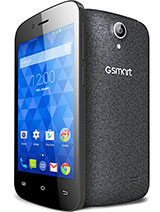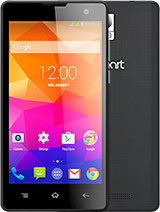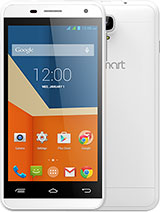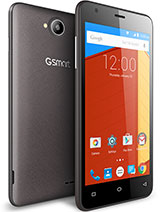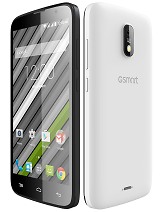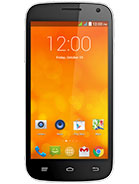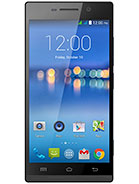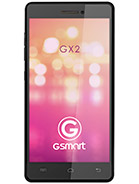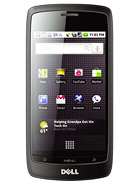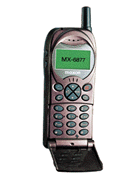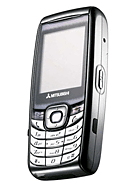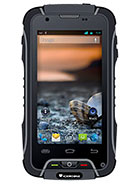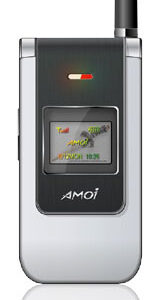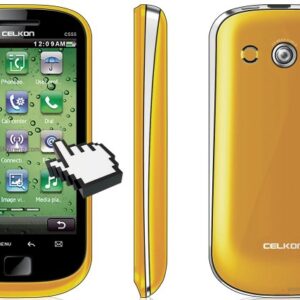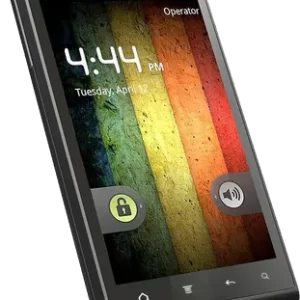Gigabyte GSmart i (128): A Windows Mobile Smartphone from 2005
The Gigabyte GSmart i (128) was a Windows Mobile smartphone released in 2005. It targeted users looking for a more advanced mobile experience compared to basic feature phones of the time.
Here’s a summary of its specifications:
- Display: 2.4 inch TFT LCD display with 176 x 220 pixels resolution
- Processor: TI OMAP 1510 200 MHz processor
- RAM: 64 MB RAM
- Storage: 128 MB internal storage, expandable via microSD card
- Camera: 2 MP primary camera
- Battery: 1300 mAh Li-Ion battery
- Operating System: Microsoft Windows Mobile 2003 Second Edition
While the GSmart i (128) wouldn’t be considered powerful by today’s standards, it offered features that were advanced for its time, such as:
- Web browsing
- Email access
- Mobile office applications
- Multimedia playback
It’s important to remember that Windows Mobile is no longer supported by Microsoft, so the GSmart i (128) would not be functional for modern use. However, it serves as a reminder of the early days of smartphones and the evolution of mobile technology.

